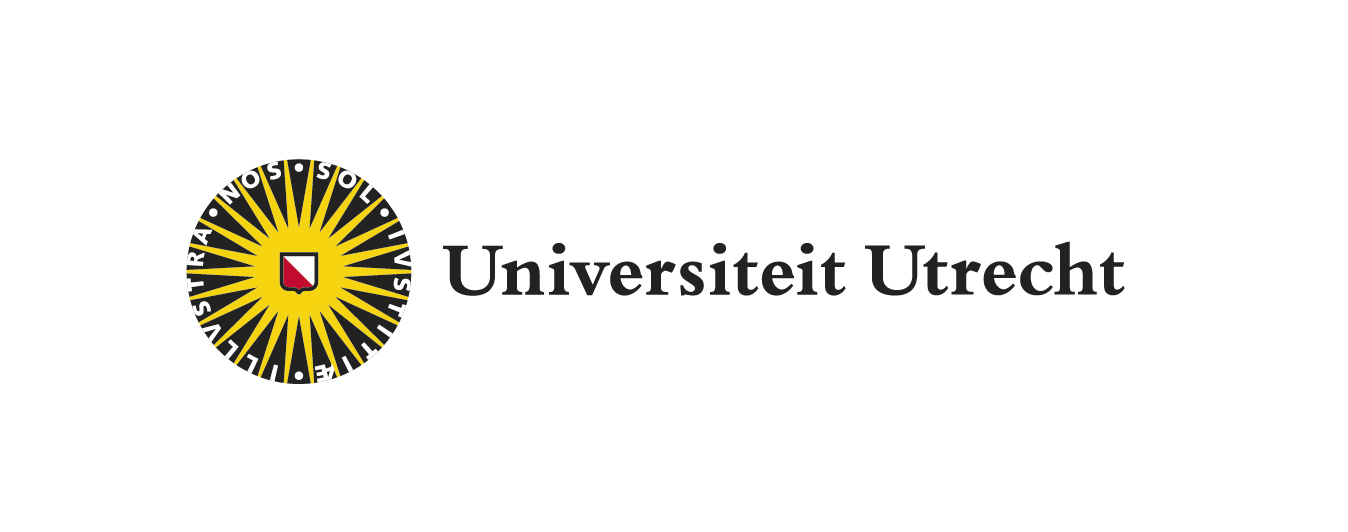
- by administrator
- 20 April 2018
Catabolite repression in Campylobacter jejuni correlates with intracellular succinate levels.
van der Stel AX, van de Lest CHA, Huynh S, Parker CT, van Putten JPM, Wösten MMSM.
Environ Microbiol. 2018 Apr;20(4):1374-1388.
Bacteria have evolved different mechanisms to catabolize carbon sources from nutrient mixtures. They first consume their preferred carbon source, before others are used. Regulatory mechanisms adapt the metabolism accordingly to maximize growth and to outcompete other organisms. The human pathogen Campylobacter jejuni is an asaccharolytic Gram-negative bacterium that catabolizes amino acids and organic acids for growth. It prefers serine and aspartate as carbon sources, however it lacks all regulators known to be involved in regulating carbon source utilization in other organisms. In which manner C. jejuni adapts its metabolism towards the presence or absence of preferred carbon sources is unknown. In this study, we show with transcriptomic analysis and enzyme assays how C. jejuni adapts its metabolism in response to its preferred carbon sources. In the presence of serine as well as lactate and pyruvate C. jejuni inhibits the utilization of other carbon sources, by repressing the expression of a number of central metabolic enzymes. The regulatory proteins RacR, Cj1000 and CsrA play a role in the regulation of these metabolic enzymes. This metabolism dependent transcriptional repression correlates with an accumulation of intracellular succinate. Hence, we propose a demand-based catabolite repression mechanism in C. jejuni, depended on intracellular succinate levels.
